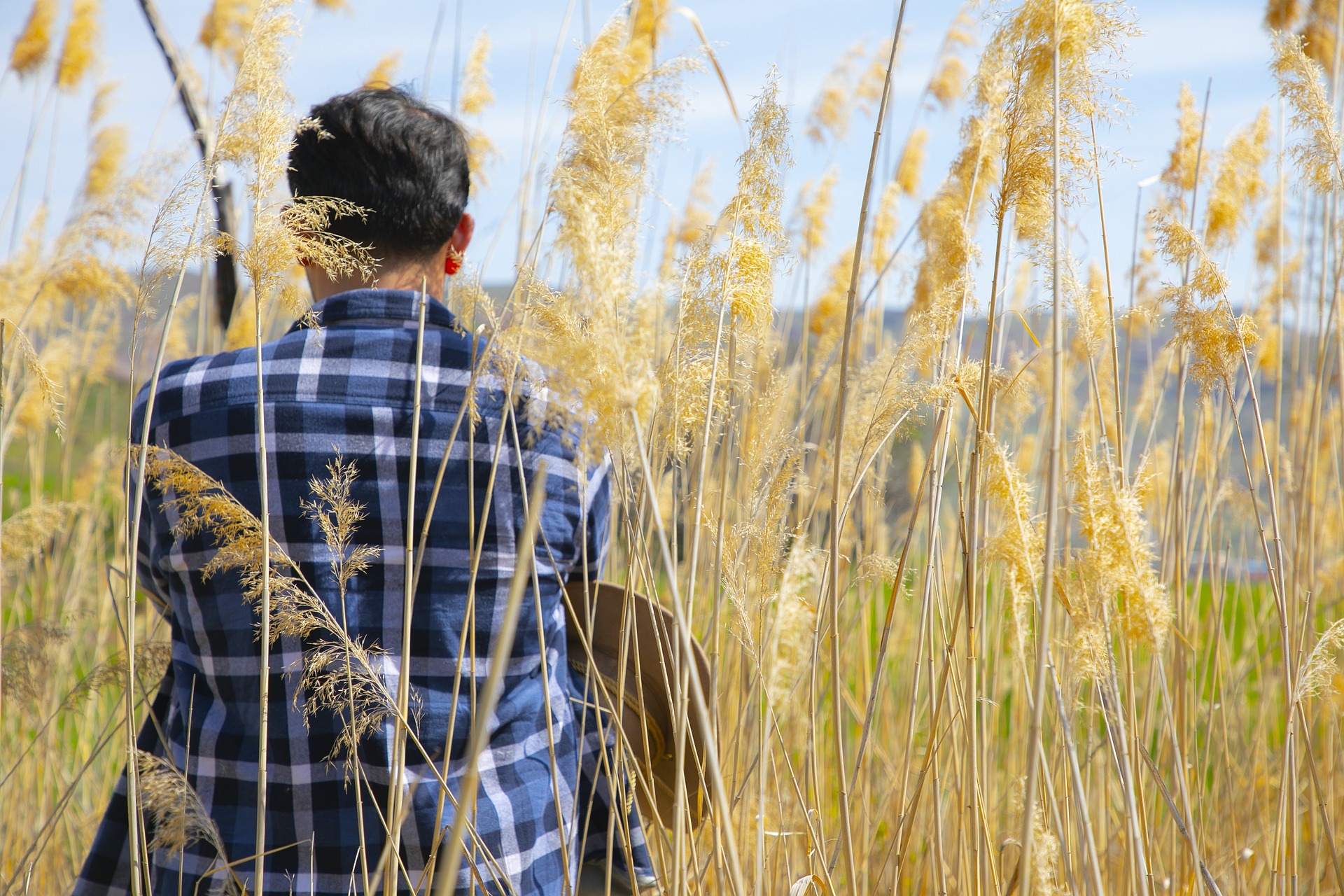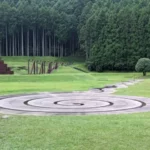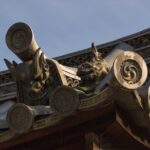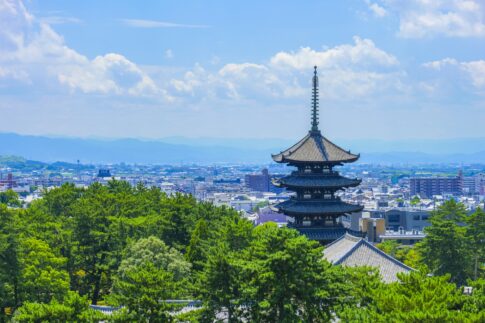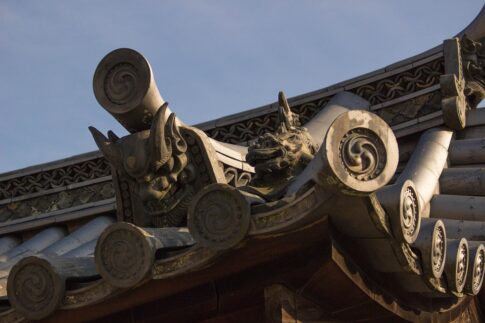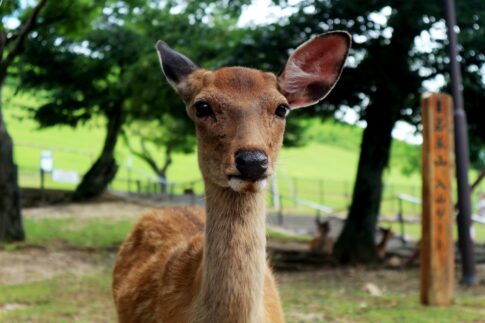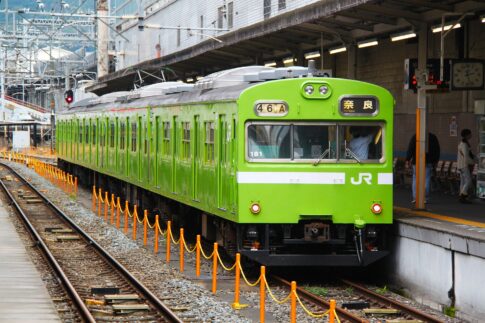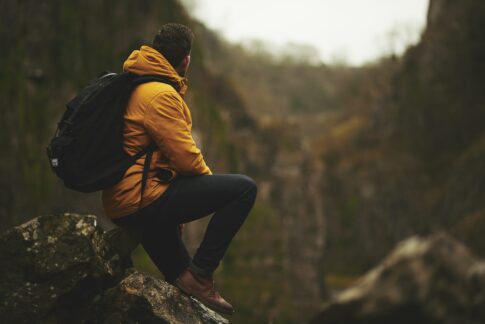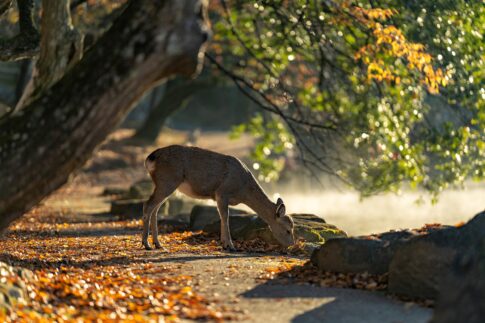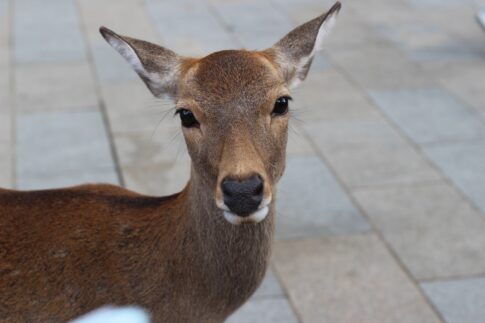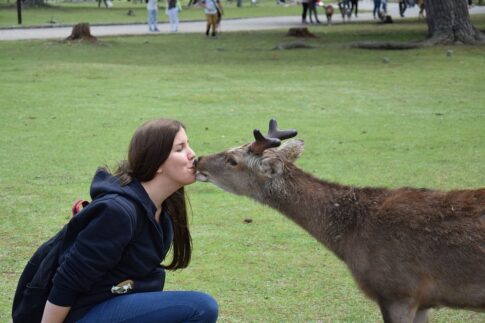Ikoma City is located in the northwestern part of Nara Prefecture and developed as the gate town of Ikoma Shoten and Hozanji temples, which were founded in the Edo period.
Ikoma City is rich in nature and historical cultural assets, and is also known as a bedroom town for Osaka and Nara Cities.
Here we introduce the charms and highlights of Ikoma City with each three areas.
5things Nara travelers to do in Ikoma City
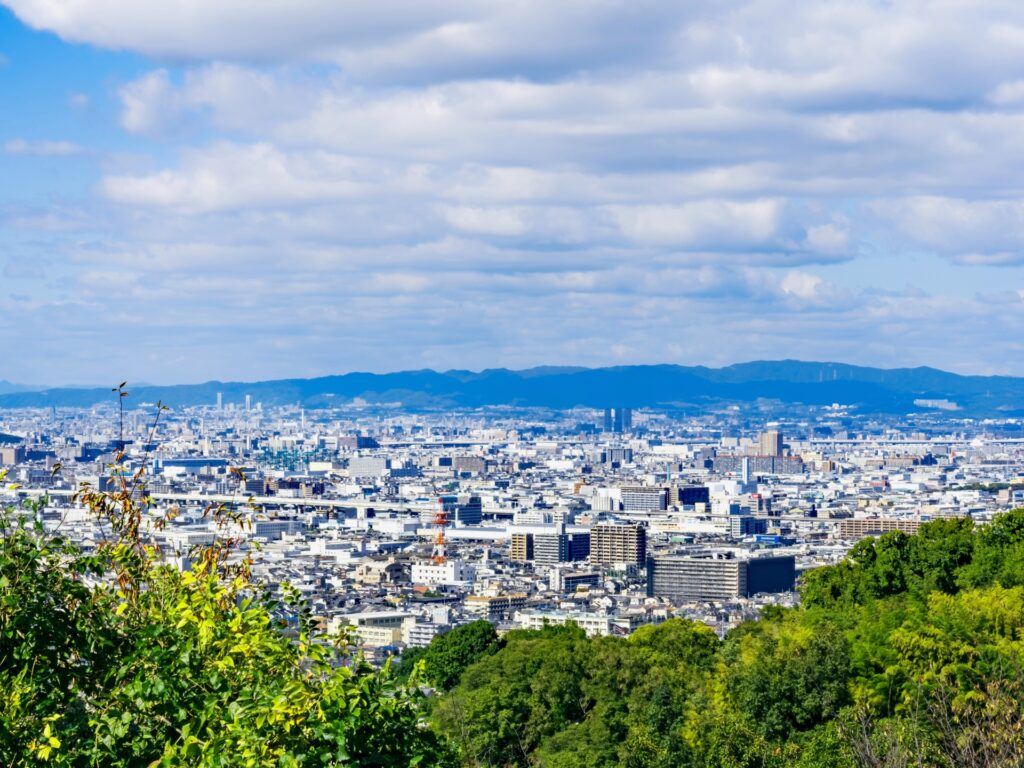
Northern Part
The Takayama area in the northern part of Japan is known as the “home of tea whisk,” with a 90% share of the national production of tea whisk, a tool used in the tea ceremony, a traditional Japanese culture.
In this area, there are stores that manufacture and sell various bamboo products including tea whisk.
If you visit in winter, you can see the scene of “cold drying,” in which bamboo is hung up to dry.
This scene is a part of the tea whisk manufacturing process and has become a winter tradition in Takayama, and is one of the “Eight Views of Ikoma,” a beautiful sight that Ikoma is proud of.
The area is also home to Takayama Hachimangu Shrine, a national important cultural asset, as well as Kuroondo Pond, which is blessed with natural scenery.
In the Kamimachi area, there is Chokyuji Temple, whose main hall is a national treasure, and Enshoji Temple, which is associated with Junkei Tsutsui, a general in the Warring States period.
The area is also full of romance, with two major legends, “The Legend of the Birth of the Golden Kite” and “The Legend of Ono Mayumimitakeyumi,” and there are many places with traditions related to the Nagasunehiko, a powerful local tribe that appears in the legend of the birth of the Golden Kite. It is an area full of charm where you can enjoy the history, nature, and myths of Japan.
- Kurodoro Pond
The mountains around Kuroundo Pond are designated as Kongo Ikoma Kisen National Park, and its beautiful scenery is one of the eight most scenic spots in Ikoma.
Visitors can enjoy bird-watching and forest bathing along the park’s walking trails, barbecues at the campground, and boat rentals at the pond.
Central Area
The Ikoma Mountains bordering Nara and Osaka are blessed with rich nature and recreational facilities such as Ikoma Sanroku Park and Ikoma Mountain Amusement Park, and the view of the Nara Basin and Osaka Plain from the top of the mountains is magnificent.
At night, you can see the beautifully brilliant night view, which is included in the Ikoma Eight Views. Hozanji Temple, located on the mountainside, is widely known as a temple that brings prosperity to business and other worldly benefits.
In front of Ikoma Station at the foot of the mountain, there is a shopping street and an antenna store of Ikoma City, which are well-loved by local residents, where you can buy souvenirs.
- Ikoma Mountain Amusement Park
In the long-established amusement park with free admission, you can enjoy beautiful night views. Located on the summit of 642-meter-high Mt. Ikoma, this is a long-established family amusement park that opened in 1929.
It can be reached by riding the Kintetsu Ikoma Cable from Ikoma Station.
The park offers a variety of attractions for parents and children, including a carousel, go-carts, whitewater slides, and the oldest “flying tower” in Japan.
Visitors can also enjoy the spectacular view of the city of Osaka, the Akashi Kaikyo Bridge, Nara, Kyoto, etc. The night view during nighttime operation in summer is also very popular. Admission is free.
- Ikoma Sanroku Park
Ikoma Sanroku Park, spread out on the hillside of Mt. Ikoma, is located about 2 km from the city center, yet is surrounded by the lush greenery of Kongo-Ikoma-Kisen Quasi-National Park.
The park offers a campground and a wide variety of facilities and programs, allowing both children and adults to enjoy themselves throughout the day.
- Hozanji Temple
The temple was founded about 300 years ago by Tankai Ritsushi, a monk of the Edo period, and is called “Seiten-san” and attracts many tourists from outside the city.
The temple is blessed with the blessings of wealth, prosperous business, conjugal harmony, good marriage, childbirth, and the fulfillment of love.
The main hall, which stands against a rock wall enshrining a statue of Miroku Bosatsu (Maitreya Bodhisattva), is very spectacular, and the temple grounds contain structures built in various periods.
The Western-style Shishikaku (Lion’s Pavilion), which was once a guest house, is one of the few authentic Meiji-style buildings in the prefecture and is an important cultural property.
The temple is crowded with visitors on the 1st and 16th of every month, and the Mantoe (lantern festival) in September is selected as one of Ikoma’s eight scenic spots.
The long stone steps leading up to Hozanji Temple are lined with tea stores and ryokan (traditional Japanese inns).
Southern Area
The “Kuragari-goe Nara Kaido” runs through the southern part of Ikoma City and has been the busiest road since ancient times as the shortest route between Osaka and Nara.
Along this road, there are many traces of Gyoki, who was involved in the construction of the Great Buddha at Todaiji Temple in the Nara Period, including Chikurinji Temple, where Gyoki’s tomb still remains.
The dark pass (Kuragari Toge) still retains its stone pavement and the atmosphere of a mountain pass.
Matsuo Basho also passed through here on his last trip in his life.
In the Kose area, which once flourished as an inn town with many people passing through the pass, there is now a footbath with natural hot spring water to relieve the fatigue of hikers.
- Kuragari Touge(Dark Pass)
Kuragari Touge was the main road connecting Osaka to Nara via Hiraoka.
The road is still in use today as National Route 308, and the stone pavement still remains, reminding us of the atmosphere of the bygone days when people traveled from Osaka to Nara and Ise.
The area around Kuragari Touge is also a hiking course with terraced rice paddies and stone Buddha statues.
There are also restaurants and a place for hikers to rest.
Summary
Today we explained 5attractions in Ikoma City.
When you visit Nara, please try going around!
